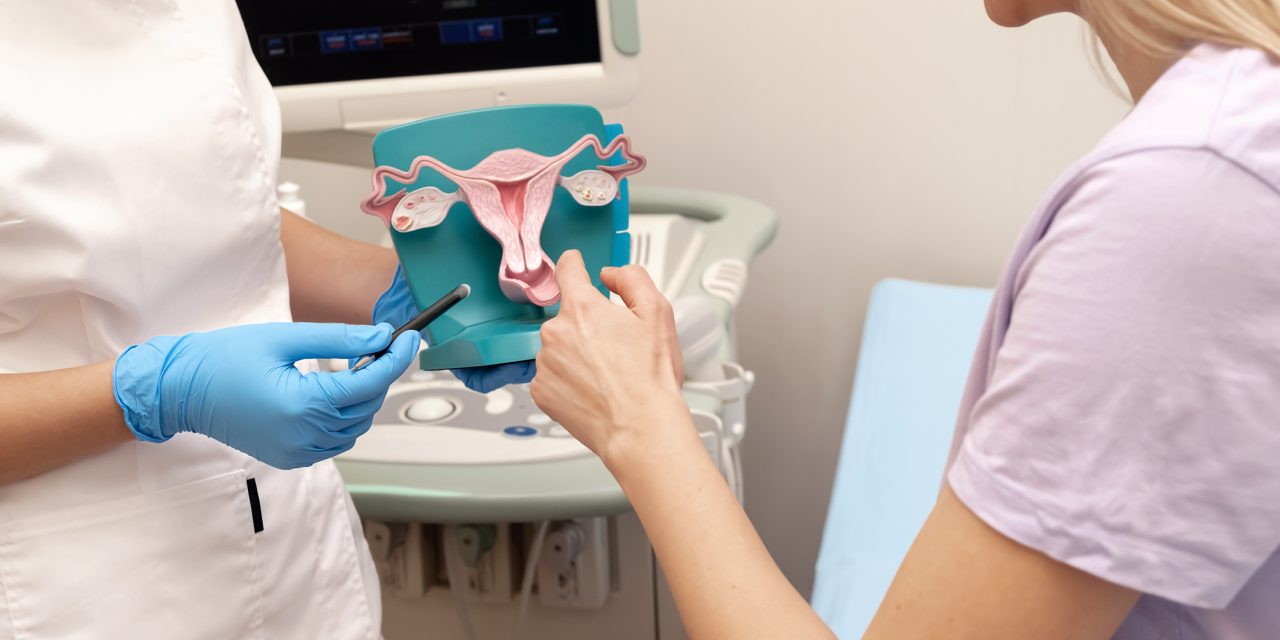
For high-risk pregnancies, finding effective ways to prevent pre-term birth is a priority. Vaginal progesterone or intramuscular 17-α-hydroxyprogesterone caproate (17-OHPC) was shown to reduce the risk of birth before 34 weeks’ gestation in high-risk singleton pregnancies, according to a participant-data meta-analysis of randomized trials that compared the two treatments, as well as oral progesterone. However, the efficacy appears to be best in women with short cervixes.
The study did not find enough evidence to recommend the use of oral progesterone, nor was there enough evidence to support use in multifetal pregnancies, according to Lesley A. Stewart, PhD, from the Centre for Reviews and Dissemination, University of York, U.K., and colleagues in the EPPPIC (Evaluating Progestogens for Preventing Preterm birth International Collaborative) trial.
“Most women with singleton pregnancies enrolled in the analyzed trials were at high risk because of previous spontaneous preterm birth, a short cervix, or both,” they wrote in Lancet. “Results showed a consistently favorable direction of effect for birth and neonatal outcomes, with a clear reduction in the RR (relative risk) of early preterm birth before 34 weeks for both vaginal progesterone and 17-OHPC, although CIs just crossed equivalence for 17-OHPC. RR of preterm birth (<37 weeks) and mid-trimester birth (<28 weeks) were also reduced for both agents. Our results also suggest possible reductions in serious neonatal complications and incidence of low birthweight infants.”
“EPPPIC is, to our knowledge, the largest individual participant data meta-analysis of progestogens used to prevent spontaneous preterm birth to date, and contributes to the large breadth of data examining the efficacy of progestogens in preventing spontaneous preterm birth,” Sherrine A. Ibrahim, MD, MS, and David M. Haas, MD, both from the department of Obstetrics and Gynecology, Indiana University, Indianapolis, wrote in a accompanying editorial. “These data are more consistent in supporting the use of either 17-OHPC or vaginal progesterone to prolonged pregnancy, even with the inclusion of the negative findings from PROLONG.“
The PROLONG study was a double-blind, placebo-controlled study of more than 1,000 women that pitted 17-OHPC against placebo and concluded that the intramuscular injection did not prevent preterm birth. In fact, the FDA’s Center for Drug Evaluation and Research has been considering withdrawing its approval of 17-OHPC [marketed as Makena].
In the EPPPIC study, researchers culled data from published and unpublished randomized trials from MEDLINE, Embase, CINAHL, the Maternity and Infant Care Database, and other relevant trial registries. Excluded were trials of progestogen in the prevention of early miscarriage or immediately-threatened preterm birth.
The proposed outcomes were preterm birth, early preterm birth, and mid-trimester birth. Stewart and colleagues also looked at adverse neonatal sequelae using both a composite of neonatal complication and individual complications. In looking at adverse maternal outcomes again, they used a composite as well as individual outcomes.
“Individual participant data were checked and risk of bias assessed independently by two researchers,” they wrote.
Of 47 trials, 30 were chosen because they included individual participant data (IPD); an additional trial’s data, which met the inclusion criteria, were also analyzed. Included in the studies were 11,644 women and 16,185 offspring. The IPD were requested from trial investigators.
Most of the trials were of singleton pregnancies and included women who had a previous spontaneous preterm birth of short cervix. In defining short cervix, study authors “did supplementary two-stage analyses of subpopulations categorized by previous preterm birth status and cervical length, using the most commonly accepted 25 mm cutoff, and a 30 mm cutoff as a sensitivity analysis (two trials used 30 mm to define short cervix as an eligibility criterion).”
Among their findings:
- Preterm birth before 34 weeks was reduced in women who received vaginal progesterone (nine trials, 3,769 women; relative risk [RR] 0.78, 95% CI 0.68–0.90), 17-OHPC (five trials, 3,053 women; 0.83, 0.68–1.01), and oral progesterone (two trials, 181 women; 0.60, 0.40–0.90).
- There was no treatment benefit from either vaginal progesterone or 17-OHPC for women whose cervical length was greater than 30 mm.
- The eight included trials that studied the use of vaginal progesterone for mothers of twins and eight of 17-OHPC (two were triplets) found no evidence of reduction in preterm birth (RR 1.01, 95% CI 0.84–1.20), or 17-OHPC (1.04, 0.92–1.18).
“Results for other birth and neonatal outcomes were consistently favorable, but less certain,” Stewart and colleagues noted. “A possible increase in maternal complications was suggested, but this was uncertain. We identified no consistent evidence of treatment interaction with any participant characteristics examined, although analyses within subpopulations questioned efficacy in women who did not have a short cervix. Trials in multifetal pregnancies mostly included women without additional risk factors.
The study authors suggest that shared decision making with women with high-risk singleton pregnancies should include discussion of individual’s risks, potential benefits, harms and practicalities of intervention.
They noted that further study is needed, especially for women who do not have short cervixes and pointed to ongoing and completed trials — NCT02304237 CTRI/2015/01/005467, NCT02913495, NCT03537287, NCT03343795, and NCT03537287—in which researchers are studying the equivalent efficacy of vaginal progesterone with 17-OHPC (the first four studies) and comparing oral progesterone with vaginal progesterone (fifth study).
“This model of data synthesis on the individual participant level, along with addition and reanalysis when significant new data arrive, should become a standard throughout medicine,” Ibrahim and Haas concluded.
-
Vaginal progesterone or intramuscular 17-α-hydroxyprogesterone caproate (17-OHPC) was shown to reduce the risk of birth before 34 weeks’ gestation in high-risk singleton pregnancies, according to a participant-data meta-analysis of randomized trials that compared the two treatments as well as oral progesterone.
-
The efficacy appears to be best for women with a short cervix. The study also did not find enough evidence supporting the use of oral progesterone for reducing the risk of preterm birth.
Candace Hoffmann, Managing Editor, BreakingMED™
Stewart and members of the research team are or were employees of the University of York, which received funding from the PCORI for the EPPPIC project.
Ibrahim and Haas declared no relevant relationships.
Cat ID: 41
Topic ID: 83,41,730,41,192,925


